Early Gunship — Spooky, the Douglas AC-47
30º 28′ 01″ N / 86º 33′ 40″ W
During the Vietnam War seemed to teem with strike aircraft ranging from helicopter gunships to strategic bombers. It was an asymmetric war fought against an opponent who often could afford to sit and out wait attacking aircraft loiter time and most likely to assault at night — especially the remote fire bases. Service men modified the noble C-47 Skytrain so that it could be a platform which could carry ammunition and fuel enough to stay on station for hours. Armed with three 7.62mm Miniguns that could be selected to fire at either 4000 or 6000 round per minute there was enough weight of fire to place a round every few feet over the area of a football field within three seconds. But those are numbers. The result meant that attacks could be broken and troop concentrations disrupted which was a welcome relief from the outnumbered fire base under siege or the patrolling infantry unit desperately trying to break contact. Carrying nearly four dozen flares a Spooky could also deny the night, further taking initiative away from attacking forces.
The added workload for the pilot could give many pause. Aside from flying a slow and large target well within range of AAA and most rifles (3000 feet/1000m above ground level) while, perhaps, dropping flares (great for the defenders but just as great benefitting enemy gunners firing at the aircraft) there was the matter of laying fire onto the target. The pilot would calculate (mentally I think) flight time of the bullets and the slant range to render a solution of how many degrees to bank the left wing, deciding to fire sometime after the propeller hub passed beyond the target and countering for the effect of the recoil of the weapons. Every situation must have been highly dynamic.
As we know, the devil is in the details — three 7.62mm Miniguns mass enough fire power to blunt an assault or tear up a truck park but the pilot had communicate with the friendly combatants on the ground — pilots and combat infantry work in entirely different dimensions. An all-important knoll does not show up on the pilot’s aerial map and the pilot cannot fire if he cannot identify the target. Typically a forward air controller (FAC) intervenes for the ground units in air strikes, being able to talk with the combat troops and using ground maps, employing smoke rockets to mark targets for attacking aircraft. So, Spooky pilots soon learned after being deployed from FAC pilot Dale Amend, who retired from the U.S. Air Force as a Lt. Colonel. Amend wrote a book of his Vietnam War experiences as a FAC entitled, A Duck Looking for Hunters: a Bird Dog FAC’s True Story, a review of the book will be posted soon, and Chapter 20 was quite helpful in the writing of this post.
Oddly enough, Spooky gunships were first designated as the FC-47. The USAF has a penchant for naming bombers as fighters — the Nighthawk is the F-117 though it has no weapon to use in air to air combat. Saner heads prevailed with the Spooky aircraft and the designation became AC-47.
The previous post was on a more modern gunship, the AC-130A Spectre.
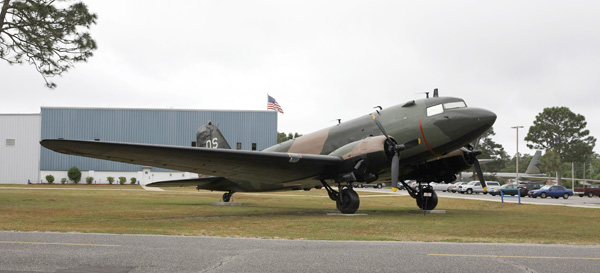
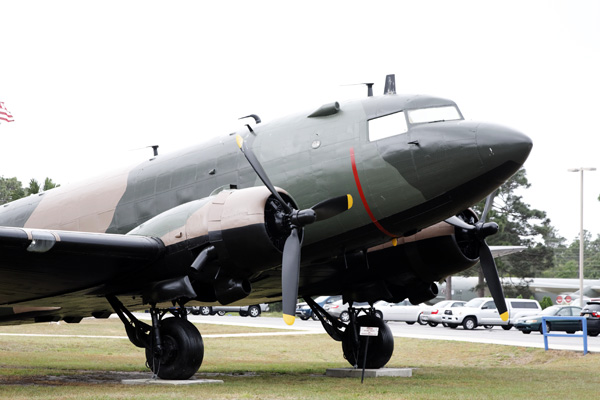
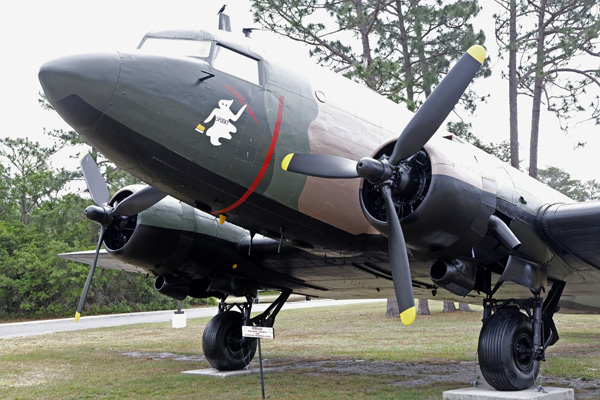
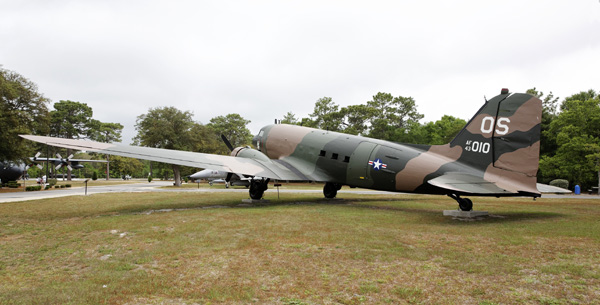
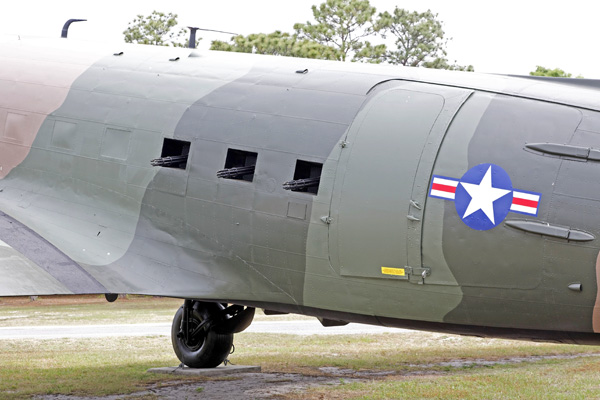
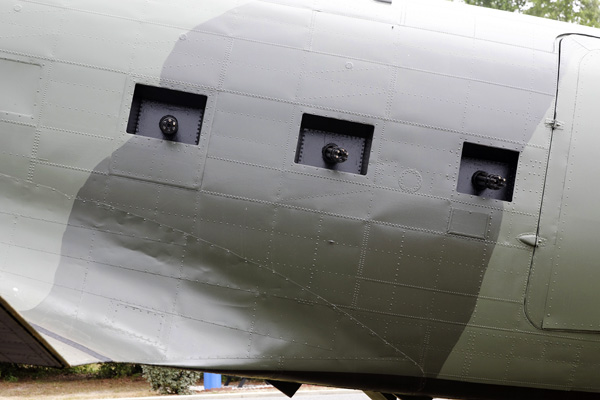
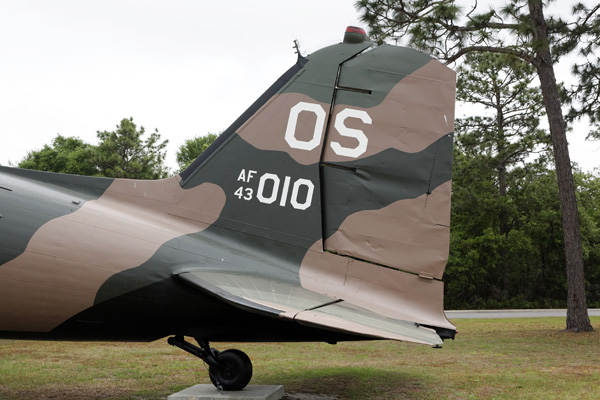
No comments:
Post a Comment